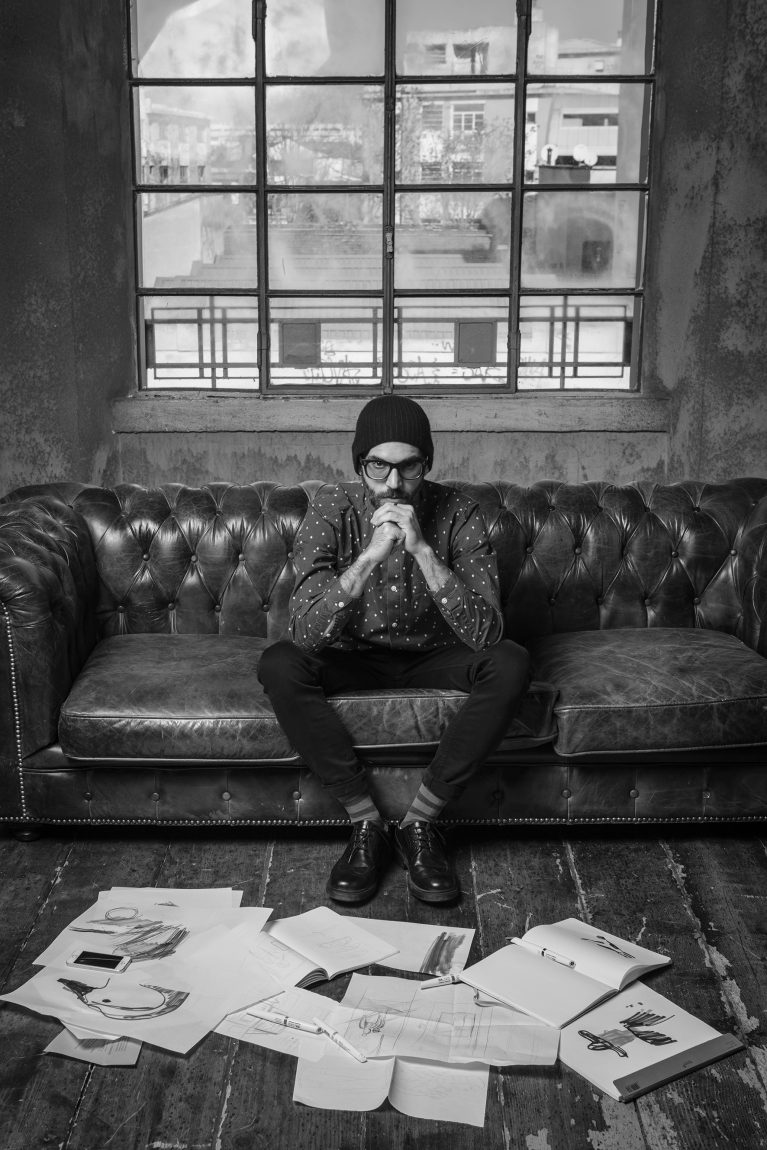interviews
Emiliano Ponzi’s Milan
I moved to Milan in 1997, and since then it’s always been my base even when I’ve spent periods abroad.

What are the origins of your relationship with Milan?
I moved to Milan in 1997, and since then it’s always been my base even when I’ve spent periods abroad. I’ve moved house three times, but I’ve always lived between the Green Line metro stops of Sant’Agostino and Porta Genova.
Nowadays, I live in a very quiet street behind Piazza XXIV Maggio. Just around the corner there’s the new Darsena canal dockyard area, which was completely redeveloped for Expo 2015.
What is your favourite historical building in the city?
One building I find charming is Palazzo Litti along Corso Magenta, with its splendid baroque facade designed by Bartolomeo Bolli. On sunny days, the windows illuminating the building’s grand staircase create a surreal atmosphere in the interiors. The gilding in the central Hall of Mirrors is also wonderful. Its ceiling was painted by Giovanni Antonio Cucchi, who visually extended the walls upwards with the use of an illusionistic technique.
What do you normally do when you are in Milan?
My studio is in the Navigli district, down near the canals, and it’s just seven minutes from my house. The route I take early in the morning and late in the evening cuts through the market on the Darsena dockyard. When I pass by in the mornings, the shops and stalls are just opening. From there I walk past the house of Arnaldo Pomodoro, the maestro sculptor, and then turn onto Via Vigevano passing by the famous occupied house covered in graffiti, and I continue along the road to Via Alessandria near the Fashion Library, or Biblioteca della Moda.
Is there a shop in Milan where you buy special items?
There’s an unusual shop near the polytechnic called Blitz Bovisa. It’s a massive multi-floor space selling the widest range of design objects, from Olivetti Lettera 22 typewriters to the Pax lamp by Fontana Arte, or from old seats and armchairs to the latest chaises longues.
What is your favourite cafe, bar or restaurant in Milan?
There are so many. Bar Basso is an absolute must due to its history and status as Milan’s last bastion during the nights of Design Week. A great restaurant is Al Cortile, located in the wonderful setting of an internal courtyard on Viale Col di Lana. Verso, meanwhile, is the bookstore-bar that was missing from the Ticinese area, and it’s a fixed appointment for a glass of something and a good read. You always bump into someone there with an interesting story to tell.
Which new buildings have transformed the city?
Piazza Gae Aulenti is an excellent pinnacle of observation for the most modern part of Milan: the Vertical Forest, the UniCredit Tower and the Palazzo Lombardia skyscraper. These have joined other less recent structures that have nonetheless become part of the city’s skyline, such as the Pirelli Tower.
What would you transfer to Milan from another place?
I’ve watched and lived in Milan for the last 20 years, and I don’t think it’s missing anything in particular. On the contrary, there’s always something happening here. It’s a place that’s growing dynamically, from events to festivals and cultural encounters. One of the many virtuous examples is BookCity and the increase in appointments it has had in
just a few years. The inauguration of the Mudec Museum of Cultures is another fine case, along with the growth of the Design and Fashion weeks, the Piano City concerts, events at the Triennale and the increasing importance of Hangar Bicocca.


